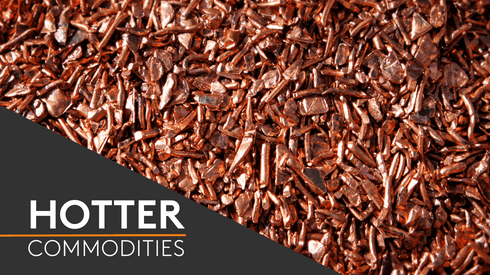Last month, Metal Bulletin launched its TC/RCs index for copper concentrates.
One question that has been asked by a couple of participants in the copper market is as follows:
“I’ve sold above/below the index – why is the calculated number so low/high?”
The answer is, in short, that while the published index calculation is a single number, the transactions that contribute to it tend to vary broadly, depending on the qualities of concentrates that are being bought and sold.
The Metal Bulletin TC/RCs index is designed to take into account transactions for many different qualities of concentrates, from very high-grade clean material to low-grade concentrates carrying penalty elements that can be difficult for smelters to treat.
For example, when the index was calculated at $103.08 per dmt/10.308 per lb on March 31, the range of reported transactions was $80-120/8-12, and the copper content of concentrates bought and sold ranged between 25% and 34%.
When a sale of, for example, a 34% concentrate is reported at $80/8, it is normalised using two coefficients: copper content and brand.
The first coefficient normalises the individual sale to a 28% base specification, while the second coefficient normalises the transaction by the historical premium or discount that the brand typically achieves, above or below the average price deviation observed for concentrates with that copper content.
For illustrative purposes, the sale at $80/8 may be normalised to $90/9 after the two coefficients have been applied. Likewise, a purchase of 25% material at $120/12 may be normalised to $110/11.
In the event that only those two deals were reported, they would both contribute equally to the calculation of the index, which would result in a reading of $100/10.
If you are negotiating the sale of high- or low-quality concentrates with reference to the index, it is, of course, important to keep the base specification of the index in mind, and target premiums or discounts accordingly.
The discounts and premiums that can be achieved will vary in different market conditions, but for reference, details of the individual transactions that contributed to the index will soon be made available in a trade log that will be published alongside the index.
Mark Burton
mburton@metalbulletin.com
Twitter: @mburtonmb




